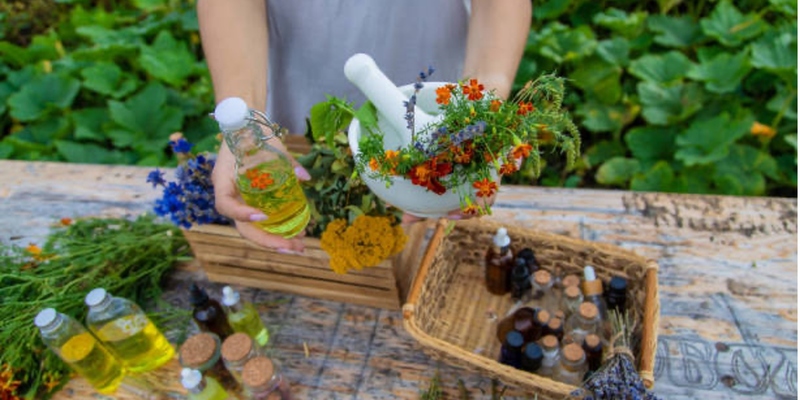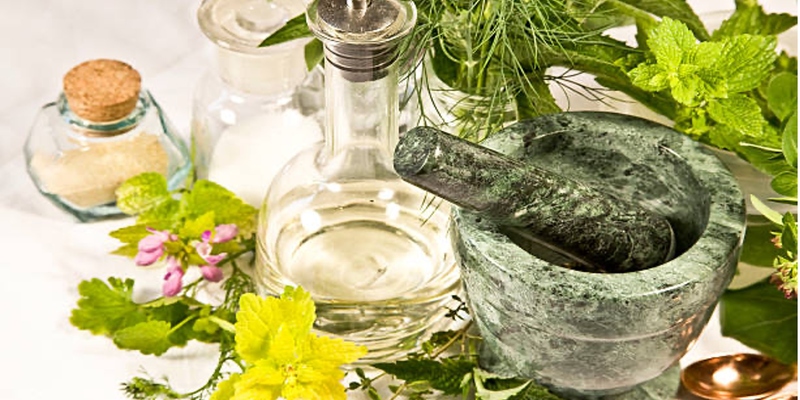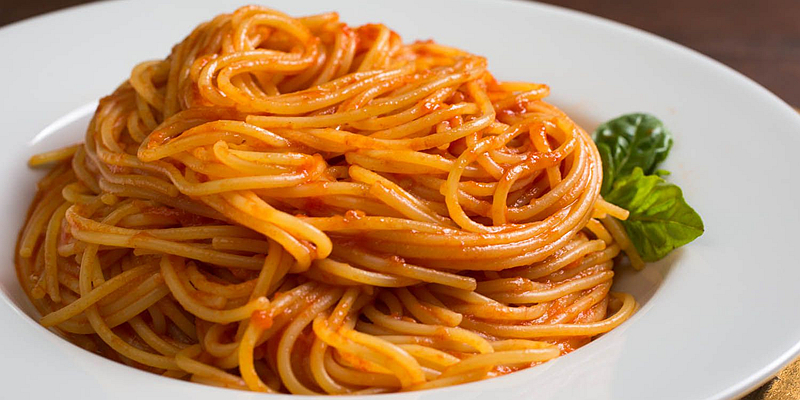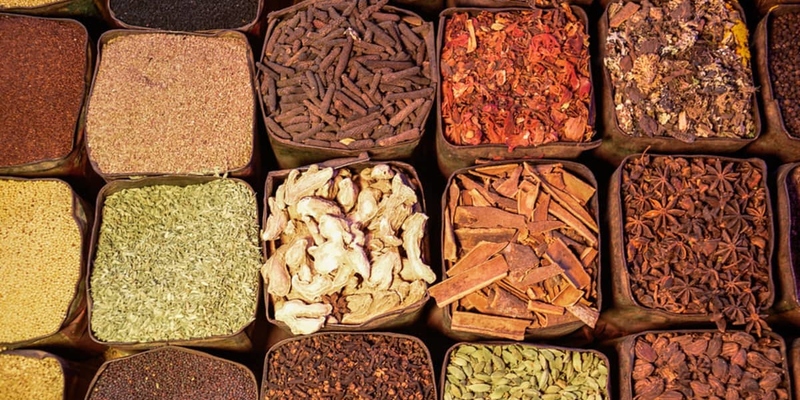Where to Source Wild Foraged Ingredients
Foraging for wild ingredients can be an esoteric and enriching activity, not solely because of the unparalleled freshness of the ingredients but also because of the adventure inherent in the quest. This compendium will elucidate the essentials of a wild foraging guide, the best foraged foods, and wild ingredients recipes that will elevate your culinary repertoire. Whether you're a neophyte or a seasoned forager, this article will offer invaluable insights into sourcing and utilizing wild ingredients.
Understanding Wild Foraging

What is Wild Foraging?
Wild foraging is the practice of seeking and procuring wild, comestible resources. This practice harkens back to antediluvian times when our progenitors depended on nature for sustenance. Today, it has become a popular avocation for those yearning to reconnect with nature and explore unique gustatory experiences.
Advantages of Wild Foraging
- Access to fresh, organic victuals
- Cost-effective compared to commercial produce
- Promotes sustainable living
- Provides physical exercise and outdoor activity
By adhering to a meticulous wild foraging guide, you can safely and ethically harvest edible plants, fruits, and fungi.
The Best Foraged Foods
Edible Plants
Some of the best-foraged foods encompass a variety of edible plants that can be discovered in diverse habitats. These plants are nutritious and impart unique flavors to your culinary creations.
- Dandelions: Known for their slightly acerbic leaves, they can be incorporated into salads and teas.
- Nettles: When cooked, nettles have a flavor reminiscent of spinach and can be used in soups and stews.
- Wild garlic: Its aromatic leaves can be used to prepare pesto or as a condiment in various dishes.
Wild Fruits and Berries
Fruits and berries are among the most coveted best-foraged foods. They are delectable, nutritious, and can be employed in numerous recipes.
- Blackberries: Ideal for conserves, desserts, and even savory sauces.
- Elderberries: Rich in vitamins, they can be transformed into syrups and wines.
- Wild strawberries: These diminutive, saccharine berries are a fantastic addition to salads and desserts.
Mushrooms
Mushrooms are prized discoveries in the realm of foraging. However, to avoid toxic varieties, they necessitate meticulous identification.
- Chanterelles: Renowned for their aureate hue and fruity aroma, they are superb in sauts and sauces.
- Morels: With their distinctive alveolate appearance, morels are highly prized for their rich, earthy flavor.
- Porcini: These mushrooms are excellent for desiccation and use in soups and risottos.
Wild Ingredients Recipes
Cooking with Wild Ingredients
Incorporating wild ingredients into your meals can be a culinary adventure. Here are a few wild ingredients recipes that spotlight the flavors of nature.
Wild Garlic Pesto
Ingredients:
- 2 cups wild garlic leaves
- 1/2 cup grated Parmesan cheese
- 1/2 cup pine nuts
- 1/2 cup olive oil
- Salt and pepper to taste
Instructions:
1. Macerate the wild garlic leaves, Parmesan, and pine nuts in a food processor.
2. Gradually incorporate the olive oil until the mixture is smooth.
3. Season with salt and pepper.
4. Serve with pasta, spread on bread, or use as a dip.
Dandelion Salad
Ingredients:
- 4 cups dandelion greens
- 1/4 cup olive oil
- 2 tbsp lemon juice
- 1 tbsp honey
- Salt and pepper to taste
Instructions:
1. Lavage and dry the dandelion greens.
2. In a small bowl, amalgamate olive oil, lemon juice, honey, salt, and pepper.
3. Toss the dressing with the greens and serve immediately.
Advanced Wild Foraging Techniques

Identifying Rare Edibles
Mastering the art of wild foraging involves discerning and gathering rare edibles that are often overlooked.
- Wood Sorrel: With its piquant flavor, wood sorrel can be utilized in salads and as a garnish.
- Ostrich Fern Fiddleheads: These nascent fern fronds are delectable when sauted and have a taste analogous to asparagus.
- Chickweed: This verdant plant is exceptional in salads and has a subtle, saccharine flavor.
Seasonal Foraging Strategies
Foraging triumph is frequently tethered to comprehending the seasonal profusion of wild ingredients.
- Spring: Concentrate on nascent greens like dandelions and nettles and primordial mushrooms like morels.
- Summer: Berries like blackberries and elderberries are copious, and myriad wild herbs can be discovered.
- Autumn: Seek nuts, roots, and fungi such as chanterelles and porcini.
Utilizing Foraged Ingredients in Gourmet Cuisine
Crafting Unique Dishes
Incorporating foraged ingredients can elevate your culinary creations to an epicurean echelon.
- Wild Herb Infused Oils: Utilize wild garlic or nettles to infuse oils for a unique twist on dressings and marinades.
- Foraged Mushroom Risotto: Amalgamate various wild mushrooms to fabricate a rich and earthy risotto.
- Berry Reduction Sauces: Blackberries and elderberries can concoct saccharine and tangy reduction sauces for meats and desserts.
Preservation Techniques for Wild Ingredients
To maximize the utilization of your foraged bounty, preservation is paramount.
- Drying: Desiccate mushrooms like chanterelles and porcini for long-term storage.
- Pickling: Preserve fiddleheads and wild garlic in a saline solution to relish them year-round.
- Freezing: Freeze berries and nettles to retain their nutritional value and flavor.
Foraging Tools and Equipment
Essential Gear for Foragers
Possessing the appropriate tools can render foraging more efficient and enjoyable.
- Foraging Basket: A robust basket with compartments for diverse finds.
- Field Guide: An exhaustive wild foraging guide to aid in the identification of plants and fungi.
- Digging Tool: A compact, portable implement for harvesting roots and tubers.
Safety Equipment
Safety should invariably be paramount when foraging.
- Gloves: Safeguard your hands from thorns and irritant plants.
- Knife: A sharp, durable blade for excising stems and roots.
- First Aid Kit: Always carry a rudimentary first aid kit in the event of minor injuries.
Wild Foraging Guide for Urban Areas
Urban Foraging Hotspots
Foraging isn't confined to bucolic areas; urban environments can also proffer a plethora of wild ingredients.
- Parks and Green Spaces: Numerous cities have parks where wild edibles like dandelions and chickweed proliferate.
- Abandoned Lots: These often-ignored areas can be home to various edible plants.
- Rivers and Streams: Aquatic environs can be rich in plants like watercress and cattails.
Urban Wild Ingredients Recipes
Utilizing urban foraged ingredients can impart a unique twist to quotidian meals.
- Watercress Soup: A refreshing and nutritive soup employing watercress from local streams.
- Chickweed Salad: A simple and salubrious salad featuring chickweed and other urban greens.
- Wild Herb Flatbread: Infuse flatbread with urban foraged herbs like wild garlic and wood sorrel.
Conclusion
Foraging for wild ingredients can transform your culinary endeavors and deepen your connection with nature. By following a wild foraging guide, you can uncover the best-foraged foods and experiment with exciting wild ingredients recipes. Always forage responsibly, respect nature, and relish the unique flavors that wild ingredients introduce to your table.
Embark on your foraging journey today and savor the joy of discovering and utilizing fresh, wild ingredients in your kitchen.




